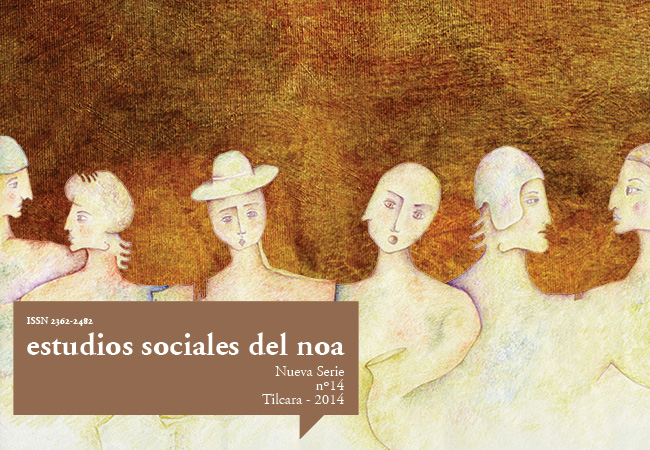Who are the <i>Comuneros</i>? Making the Census and the division of lands of the “Indigenous Communities” of Córdoba, Argentina (1880-1900)
Abstract
During the decades of the 1880s and 90s, lands of the “indigenous communities” of Córdoba were expropriated and divided under the provincial law of 1881. This process coincided with the implementation of similar policies in other Latin American countries. Because of this expropriation, collective property was dismantled, a major part of the lands was auctioned, and private and individual ownership was imposed on community members. In this article, we argue that the land rights of “comuneros” were redefined because of the implementation of that law, but also by the agency of the community members, who monitored, negotiated and confronted different positions during the process. We study a key moment in the process of defining land rights: the formation and revision of censuses of the communities. This process was very controversial because it attributed specific content to the category of “comunero” (i.e. defined which community members would be entitled to receive a portion of the divided lands and a percentage of the amount obtained by the auction of the rest).Downloads
Authors who publish in this journal accept the following conditions:
- The authors or translators retain the copyright and assign to the journal the right of first publication, with the work registered under the Creative Commons Attribution-NonCommercial-ShareAlike 4.0 International, which allows third parties to use what published as long as they mention the authorship of the work and the first publication in this journal.
- Authors may enter into other independent and additional contractual agreements for the non-exclusive distribution of the version of the article published in ESNOA (eg, include it in an institutional repository or publish it in a book) as long as they clearly indicate that the work was first published in this journal.












